|
Moʻolelo are stories, myths, legends, and part of the cultural fabric of Hawaiʻi. The word moʻolelo itself is a combination of the word moʻo, meaning a series or succession, and ʻōlelo, meaning words. Originally an oral tradition, moʻolelo can be entertaining, but also relay important lessons about the values, norms, and traditions of the Hawaiian people. 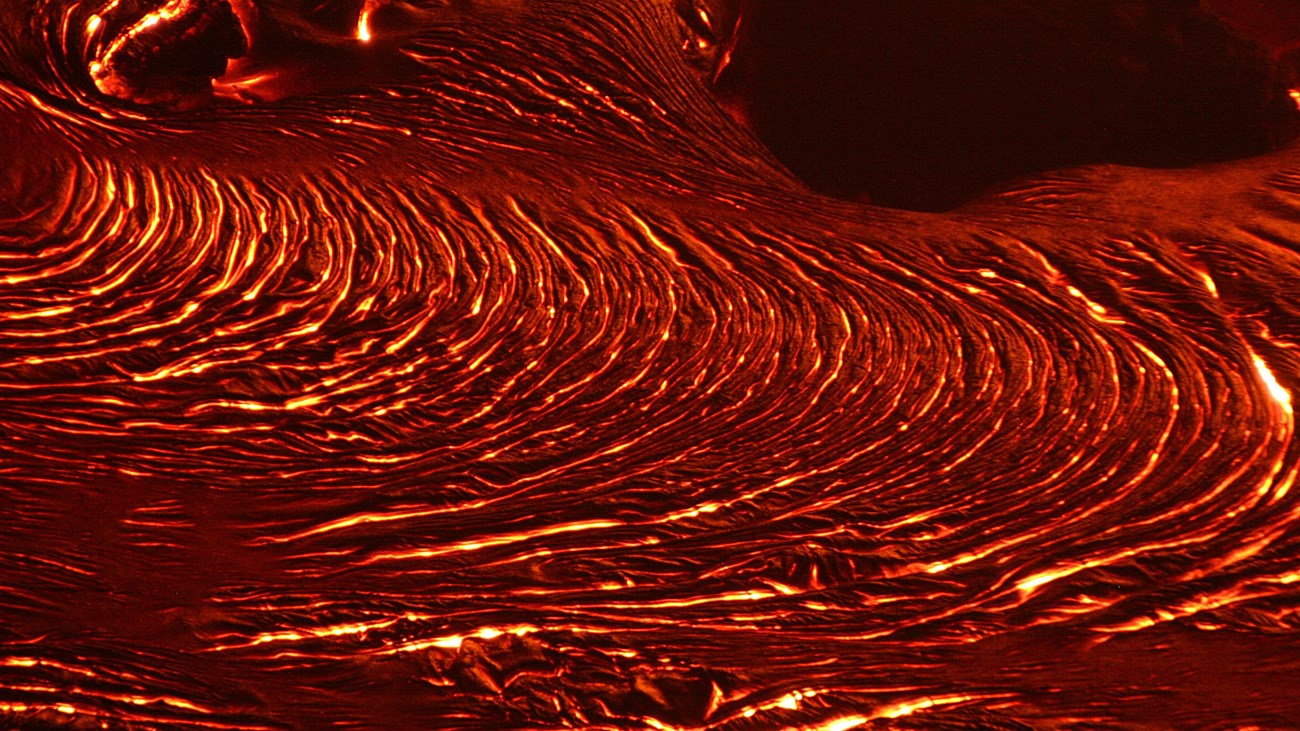
Pele
Pelehonuamea, the Hawaiian volcano deity and creator of volcanic landscapes 
Pele & Lonomakua
How Lonomakua, the uncle of the volcanic deity, taught her to govern fire 
Holo Mai Pele (The Journey of Pele)
The journey of Pele mirrors the geological formation of the Hawaiian Islands 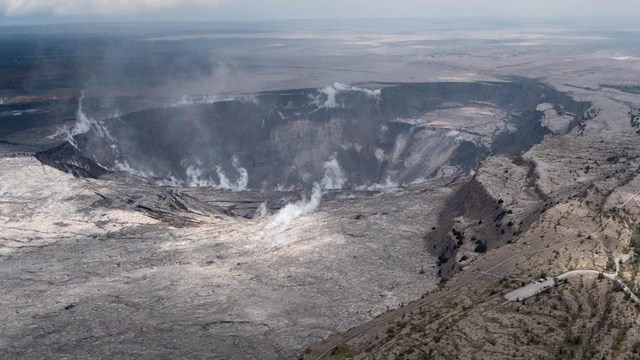
Pele & Hiʻiaka
The saga of Hiʻiakaikapoliopele describes the journey of the favorite sister of Pele and an epic battle at the summit of Kīlauea 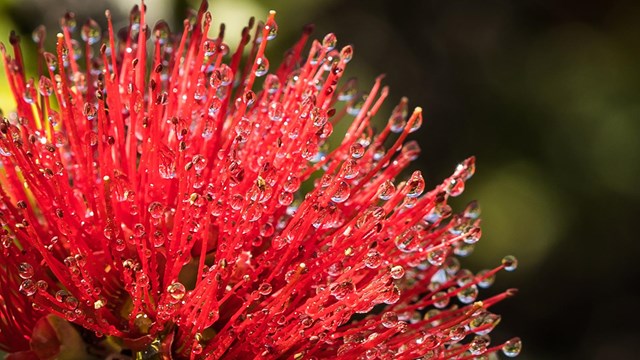
ʻŌhiʻa
Many Hawaiian moʻolelo involve the ʻōhia tree and its bright, fiery flowers. 
Kamapuaʻa
Oral history tells us of the unique birth of a child named Kamapuaʻa or the “hog-child” 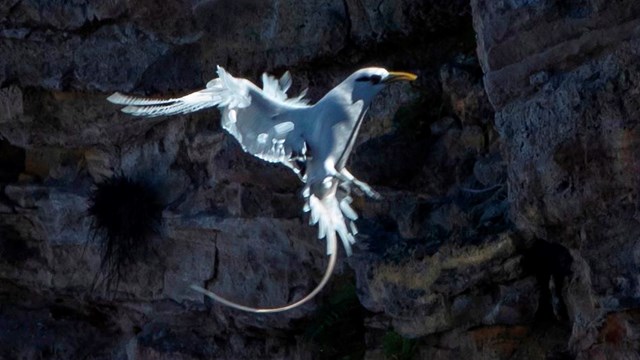
Punaʻaikoaʻe
The kinolau (body form) of Oʻahu chief Punaʻaikoaʻe can be seen as the koaʻe kea flying over Kīlauea 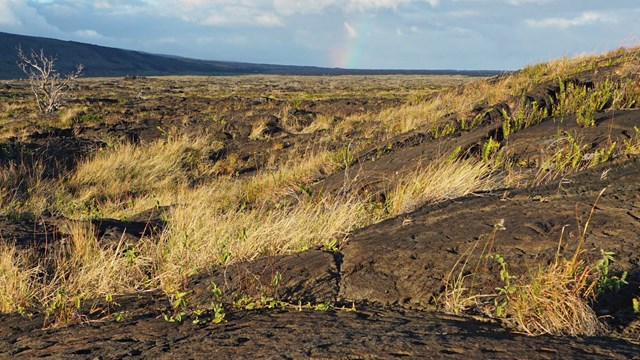
Kaʻehuikimanōopuʻuloa
The story of the little brown shark of Puʻuloa 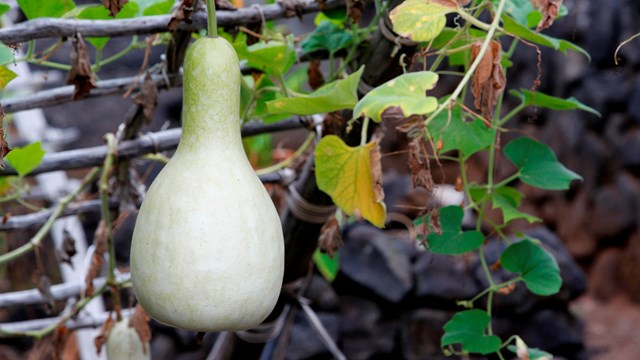
The Legend of The Gourd
How twin girls became the ancestresses of the people of Kamāʻoa in Kaʻū 
The Despotic Chiefs of Kaʻū
There were once three despotic chiefs who lived in Kaʻū, on the southern portion of the Island of Hawaiʻi. 
Pīkoiakaʻalalā and the Giant Rat
Pīkoi challenges the locals' disbelief in a large rat near Puʻumanawaleʻa, successfully shooting it in a wager with a chief. |
Last updated: December 8, 2023
